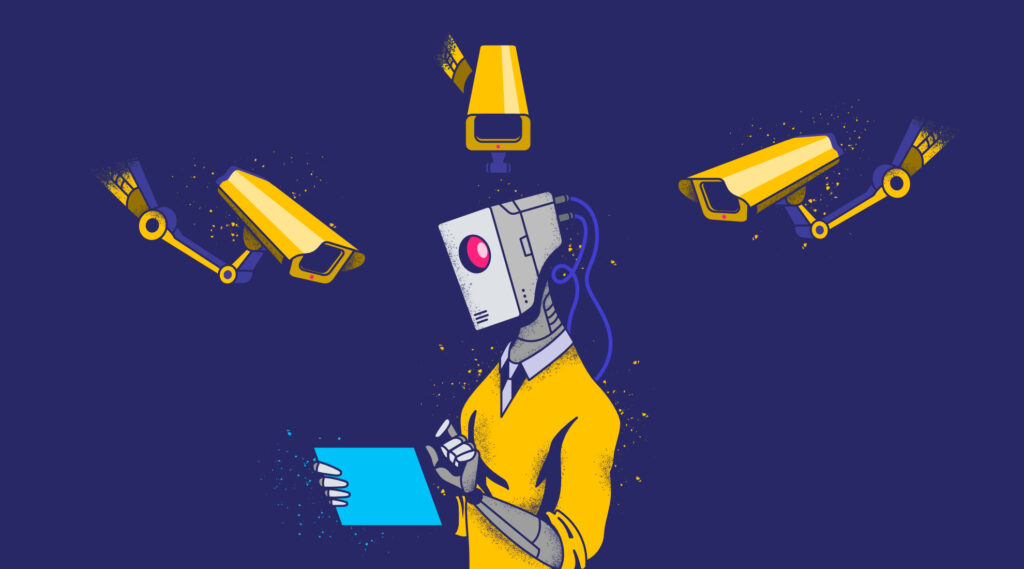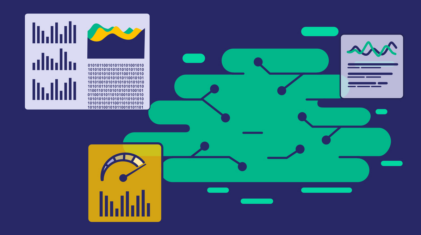Observability for LLMs
So, your company uses LLMs? You’re not the only ones. A survey by Gartner in October 2023 revealed that 55% of organizations were piloting or releasing…
Whether you are just starting your observability journey or already are an expert, our courses will help advance your knowledge and practical skills.
Expert insight, best practices and information on everything related to Observability issues, trends and solutions.
Explore our guides on a broad range of observability related topics.


Artificial intelligence (AI) has emerged as a transformative force, empowering businesses and software engineers to scale and push the boundaries of what was once thought impossible.
However as AI is accepted in more professional spaces, the complexity of managing AI systems seems to grow. Monitoring AI usage has become a critical practice for organizations to ensure optimal performance, resource efficiency, and provide a seamless user experience.
This article will explore the world of AI monitoring, what you need to know about AI for your teams, and how to achieve efficient monitoring with the Coralogix full-stack observability platform.
AI monitoring is a critical process in the world of artificial intelligence that involves continuously observing and analyzing. It serves as a proactive measure to maintain the health and efficiency of AI applications. Organizations and software engineers deploy and operate AI-based solutions, such as natural language processing, computer vision or machine learning and deep learning algorithms.
AI monitoring goes beyond traditional application monitoring. For example, AI monitoring involves tracking specialized metrics and data specific to AI operations. Some of the key aspects of AI monitoring include:
Engineering teams can achieve even more with AI monitoring by leveraging AIOps (Artificial Intelligence for IT Operations). AIOps combines AI and machine learning technologies with traditional IT operations processes. AIOps enhances the capabilities of AI monitoring and allows for predictive analytics, automated anomaly detection, and intelligent automation of IT operations.
Learn more about observability for LLMs (large language models).

So, your company uses LLMs? You’re not the only ones. A survey by Gartner in October 2023 revealed that 55% of organizations were piloting or releasing…

We are pleased to share a sneak peek of Query Assistant, our latest innovation that bridges the world of declarative querying with Generative AI. Leveraging our…

Bad bots, hackers, and other malicious agents can be tracked by a huge volume of metrics – session activity, HTTP headers, response times, request volume &…